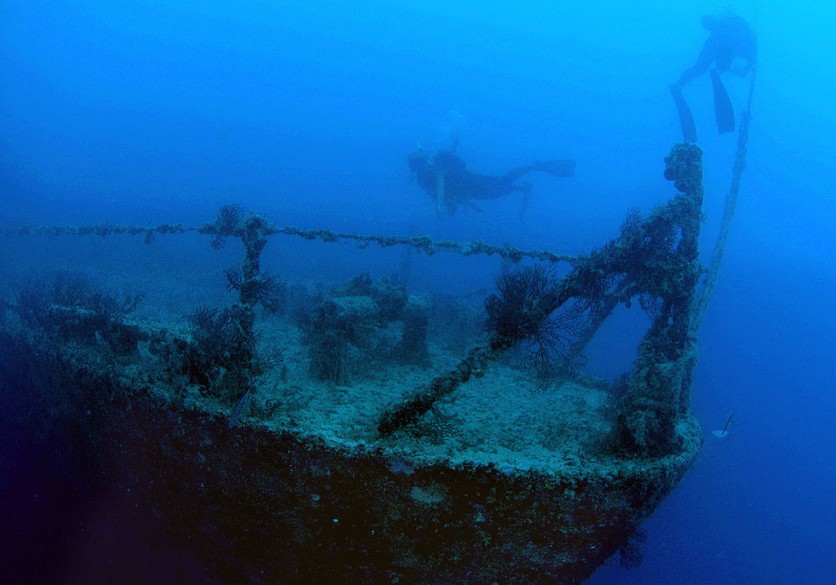Archaeologists have made a remarkable discovery in the depths of the South China Sea - a pair of 500-year-old shipwrecks brimming with valuable insights into the Silk Road trade, reported by China's National Cultural Heritage Administration.
The State Administration of Cultural Heritage embarked on the first-ever underwater archaeological investigation of these sunken vessels, using the "Deep Sea Warrior" manned submersible.

Ancient Shipwrecks
The shipwrecks were found on the northwest land slope of the South China Sea at a depth of approximately 1,500 meters. One wreck contained a treasure trove of porcelain artifacts, estimated to number over 100,000, and is believed to date back to the Zhengde period of the Ming Dynasty (1506-1521).
This wreck is now referred to as Shipwreck No. 1. The second wreck, predominantly consisting of logs, is believed to have carried overseas goods to China during the Hongzhi period of the Ming Dynasty (1488-1505).
Recognizing the immense historical, scientific, and artistic value of the discoveries, the State Administration of Cultural Heritage swiftly mobilized resources to protect and restore the retrieved cultural relics.
The Hainan Provincial People's Government assumed responsibility for safeguarding the sites, conducting inspections, and monitoring the surrounding sea areas.
The subsequent archaeological investigation will be conducted in three stages over approximately one year.
The initial phase, from May to early June, involves using manned submersibles to survey the shipwreck sites, collect comprehensive data, and document the artifacts and surrounding environment.
The second and third phases, scheduled for August to September 2023 and March to April 2024, respectively, will focus on evaluating the preservation status of the wrecks, proposing archaeological and site protection plans, and conducting scientific assessments.
Wealth of Cultural Relics
The ancient shipwrecks on the Northwest Land Slope of the South China Sea offer exceptional preservation, a wealth of cultural relics, and a clear historical context.
These findings confirm the historical importance of Chinese seafaring and its engagement with the South China Sea, shedding light on the nation's maritime history, ceramic production, overseas trade, and the Maritime Silk Road.
Further underwater surveys will be conducted in key areas and important routes of the South China Sea, advancing research on the Maritime Silk Road.
The development of key technologies and specialized equipment for deep-sea archaeology, as well as the establishment of a skilled team of deep-sea archaeologists, are also priorities.
This extraordinary discovery paves the way for greater integration of China's deep-sea technology and underwater archaeology, positioning the nation at the forefront of global deep-sea exploration.
It marks a significant milestone in unraveling the mysteries of the past and showcases the promising future of China's deep-sea archaeology.
Related Article : Archaeologists Find an Extremely Rare 1,300-year-old Gold and Gemstone Necklace From a Medieval Woman in England

ⓒ 2025 TECHTIMES.com All rights reserved. Do not reproduce without permission.




